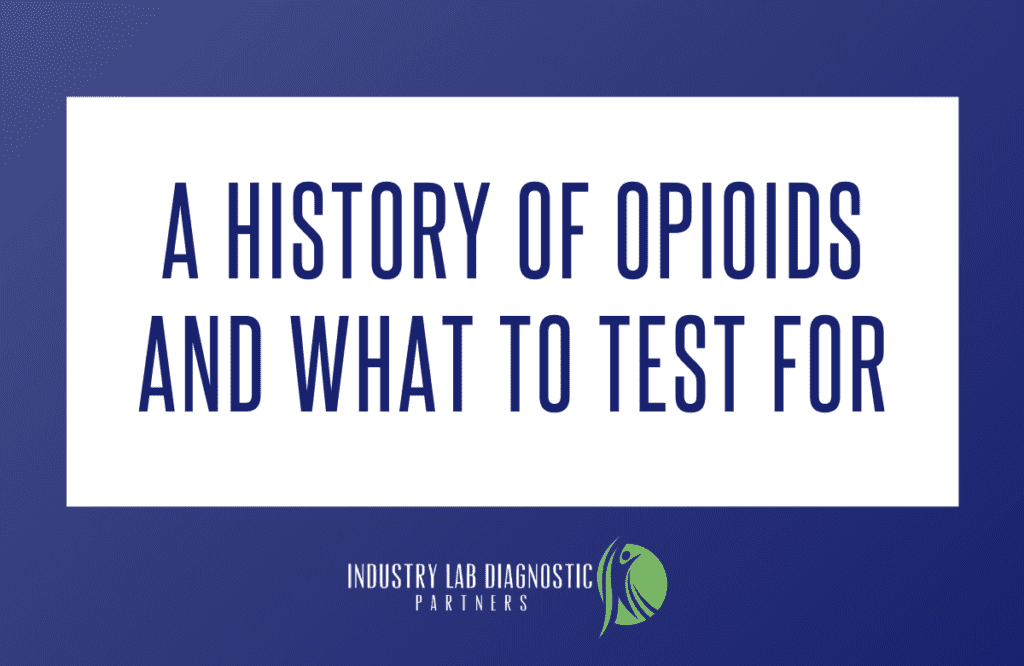The First Opioid Usage
Did you know the Sumerians in Mesopotamia were among the first people to cultivate the poppy plant around 3400BC? Quickly this “joy plant” spread throughout the world to every major civilization in Europe and Asia and was used to treat pain and other ailments. Opioids were used throughout the world and have continued through the use of opioid therapy today.
The Use of Opioids Today
The challenge health care providers face today is to reduce the likelihood of opioid abuse while not imposing barriers to the legitimate use of opioid medication. Without getting too deep in the weeds, the term opioid refers to all compounds that bind to specific protein receptors. The term opiate is used to describe opioids derived from the poppy plant (morphine and codeine). Heroine, which is derived from morphine and oxycodone, derived from thebaine are examples of semi-synthetic opiates. Synthetic opioids such as methadone and fentanyl are man-made.
Most patients who are prescribed opioids for chronic pain behave differently from patients who abuse opioids and don’t ever exhibit behavior consistent with craving, loss of control, or compulsive use. In other words, they take their meds appropriately for the intended purpose. However, pain and addiction are not mutually exclusive, and therein lies the problem. Many patients today are not receiving the appropriate pain care due to perceived and real risks associated with regulatory and legal scrutiny over the prescribing of controlled substances. Many people have an immediate perception of anyone taking an opioid.
Prescriptions and Testing
As the pendulum of opinion regarding prescribing opioid therapy for non-cancerous pain swings back and forth between overtreatment and undertreatment, there is no disagreement when the issue of appropriate drug testing is raised. Patients on opioid therapy should be tested for the opioid medication they are prescribed as well as any other controlled substance they may be taking. Additionally, if they have any history of using illicit substances or misusing prescribed medications they should test for these substances. Testing is done to ensure the patient has the prescribed medication in their system as well as to verify they do not have any other controlled substance not prescribed. Granted what to test and the frequency of testing can get confusing, however, ILDP can be a resource to help assist the provider in making those decisions.
Looking at the Results
Although we would never tell a provider what to test, with appropriate risk analysis, testing the patient who has had three back surgeries and has been taking prescribed hydrocodone for a year may look a lot different than the patient whose drug test came back positive for two unprescribed medications and THC. The frequency and amount of drugs tested for these two patients might differ considerably. We are here to help and have a very low key unpressured approach in answering questions.
Thank you for continuing to allow us to participate in the care of your patients.
Lance Benedict President/CEO Industry Lab Diagnostic Partners

